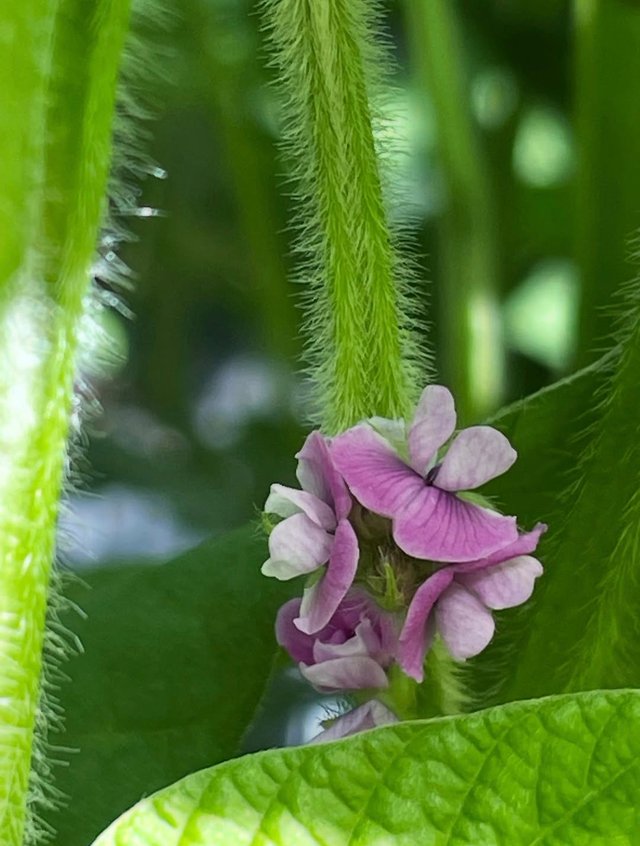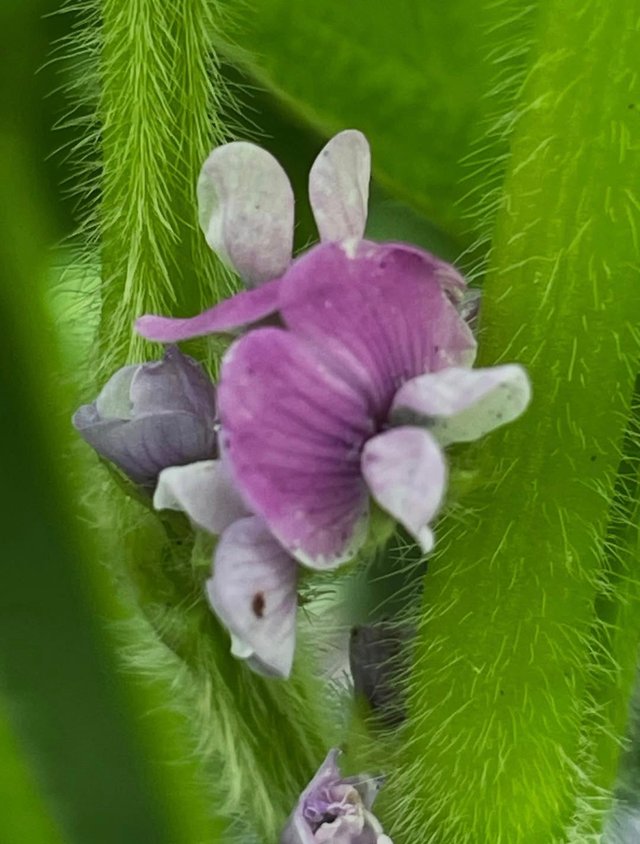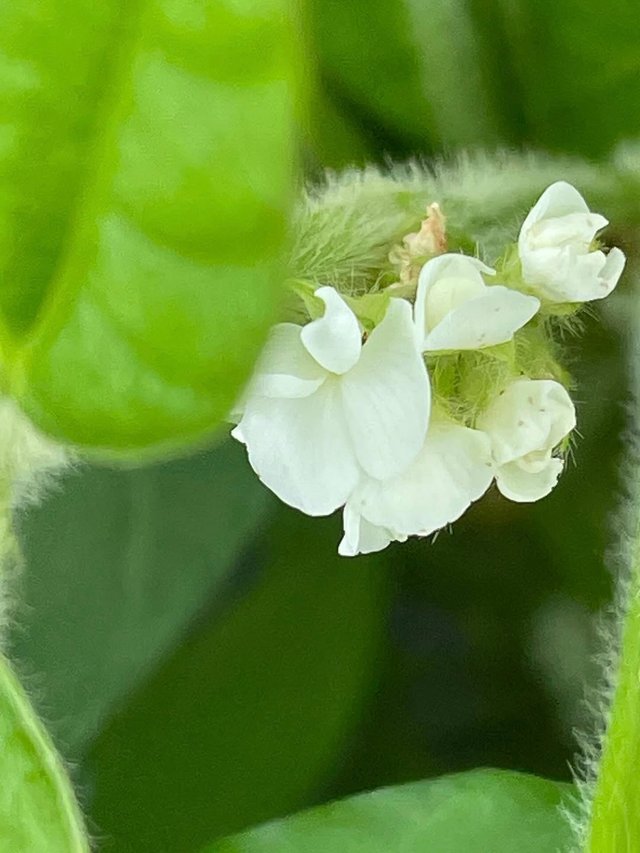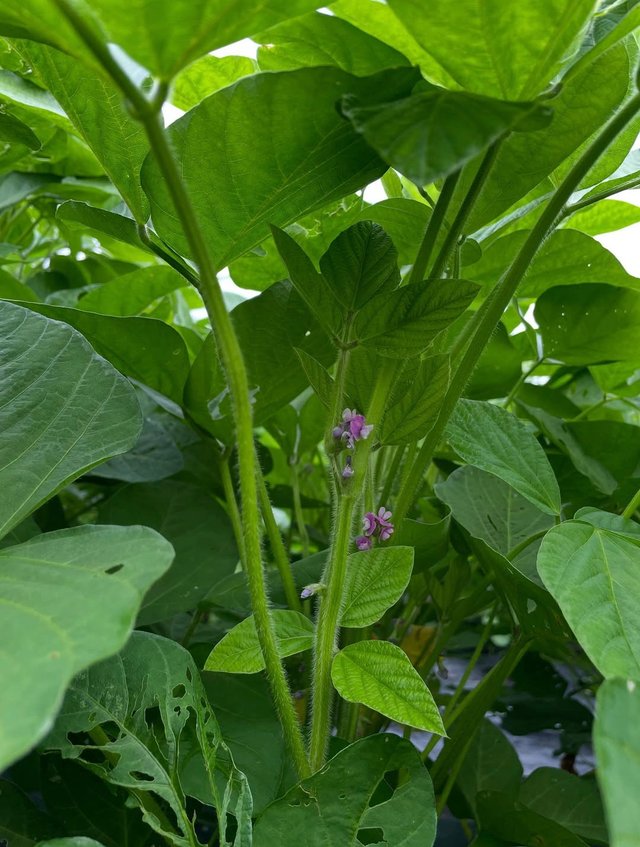Glycine soja Flower
Glycine soja commonly known as wild soybean is a climbing and twining annual plant native to East Asia particularly China Korea Japan and parts of Russia it is considered the wild ancestor of the cultivated soybean Glycine max and plays an important role in plant breeding and agricultural research due to its genetic diversity is a leguminous species meaning it has the ability to fix atmospheric nitrogen into the soil through symbiosis with rhizobia bacteria thereby enriching soil fertility and supporting sustainable agriculture Glycine soja grows vigorously with slender hairy stems that can extend several meters in length.
And small trifoliate leaves that are typically green though sometimes tinged with purplish hues the flowers of Glycine soja are delicate and usually appear in clusters they are small pea-like blossoms ranging in color from pale pink to purple or violet blooming generally during summer the flowers are followed by hairy pods that contain one to four seeds the seeds are smaller and harder than those of cultivated soybeans and are often brown or black in color although not widely used for direct human consumption they are extremely valuable for genetic improvement of modern soybean varieties the plant grows well in a variety of conditions including riverbanks forest edges roadsides and disturbed areas.
And it shows high tolerance to environmental stresses such as drought salinity and poor soil quality this adaptability makes it a key resource for developing soybean strains that can withstand climate change and other agricultural challenges ecologically Glycine soja serves as food for pollinators like bees which are attracted to its nectar and it also contributes to biodiversity by acting as a host plant in its native habitats the flower though small carries significance in representing resilience adaptability and continuity since it is the origin of one of the world’s most important food crops in modern agriculture scientists often use the genes of Glycine soja to improve disease resistance pest tolerance and yield in cultivated soybeans making it an invaluable natural genetic reservoir.



